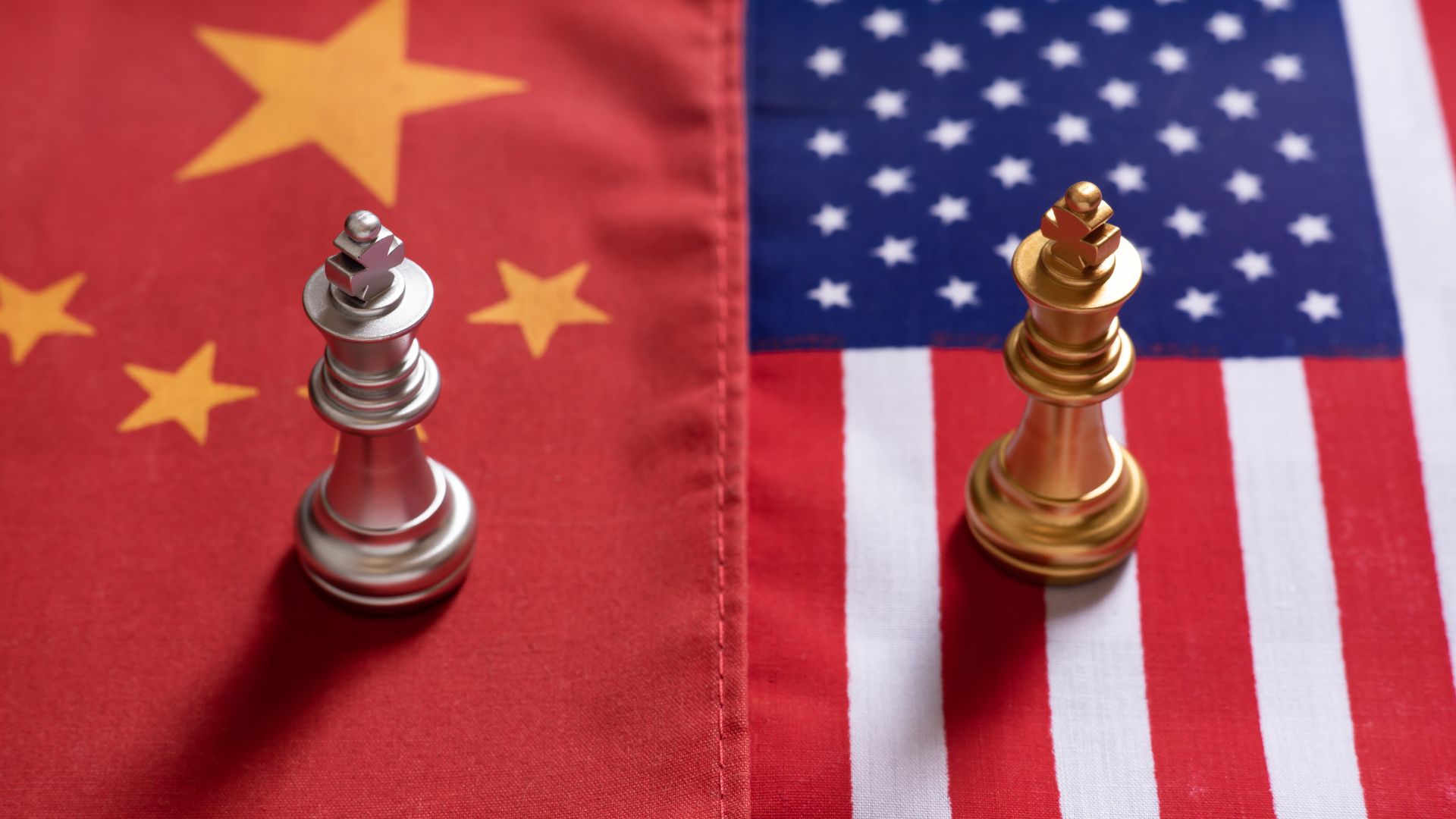China has dramatically expanded export controls on rare earths and related technologies, in a move that intensifies its grip on global supply chains and raises tensions with the United States ahead of an expected meeting between Presidents Donald Trump and Xi Jinping later this month.
The new rules, announced Thursday by the Ministry of Commerce and China Customs, will take effect on November 8, just two days before the current U.S.–China trade truce expires on November 10. The measures restrict exports of rare-earth extraction and separation technologies, synthetic diamond powders, single crystals, diamond wire saws, and related materials.
They also ban exports of certain middle and heavy rare-earth metals, alloys, oxides and compounds, and limit exports of lithium-battery components and artificial graphite materials. Overseas producers using Chinese extraction technologies or materials must now obtain export licenses from Beijing.
The rules were announced days after Pakistan signed a memorandum of understanding on September 8 with U.S. Strategic Metals to produce critical minerals using Chinese-supplied extraction equipment — a development that, according to regional analysts, may have prompted Beijing’s swift reaction.
China controls over 60% of global rare-earth production, around 70% of lithium and cobalt refining, and over 90% of battery-grade graphite output, giving it a dominant position in critical minerals essential to advanced manufacturing and defense technologies.
Following the announcement, shares in Chinese producers surged: China Northern Rare Earth Group rose 10%, China Rare Earth Resources and Technology gained 9.97%, and Shenghe Resources climbed 9.4%. U.S.-based firms also jumped, with Critical Metals Corp up 25%, Energy Fuels gaining 9%, and USA Rare Earth rising 15%.
The White House said it was “closely assessing any impact” from China’s new measures, which were imposed “without notice” and “appear aimed at tightening control over global technology supply chains.”
President Trump responded in a lengthy post on Truth Social late Thursday, calling China’s move “very hostile” and accusing Beijing of attempting to “hold the world captive.”
“Some very strange things are happening in China,” Trump wrote. “They want to impose export controls on each and every element of production having to do with rare earths… There is no way that China should be allowed to hold the world captive.”
He said the U.S. would respond with “a massive increase of tariffs on Chinese products” and hinted at further countermeasures “now under serious consideration.”
“Ultimately, though potentially painful, it will be a very good thing in the end for the U.S.A.,” Trump added, describing the restrictions as part of Beijing’s “plan to financially hold the world hostage.”
The Ministry of Commerce also announced that foreign defense users will not be granted export licenses, and that shipments related to 14-nanometer or more advanced chips, 256-layer memory chips, and AI research with potential military applications would require individual review.
Analysts say the move is designed to increase Beijing’s leverage ahead of the APEC summit in South Korea, where Trump and Xi are expected to meet for the first time in months.
“We’re likely entering a period of structural bifurcation — with China localizing its value chain and the U.S. and allies accelerating their own,” said Neha Mukherjee, rare-earths analyst at Benchmark Mineral Intelligence.
Discover more from Brackly News
Subscribe to get the latest posts sent to your email.



